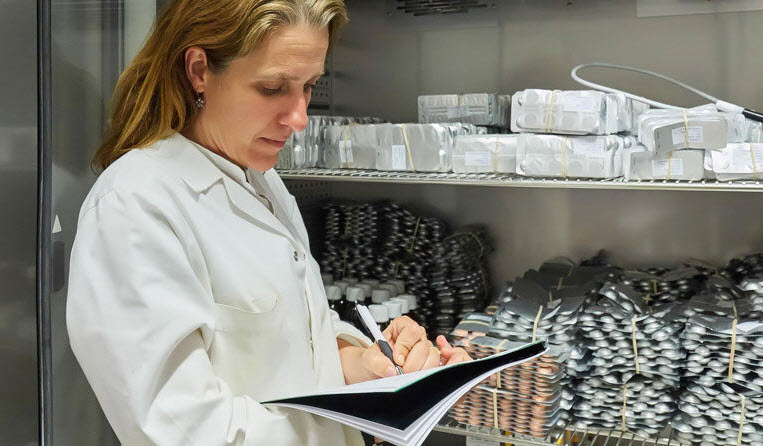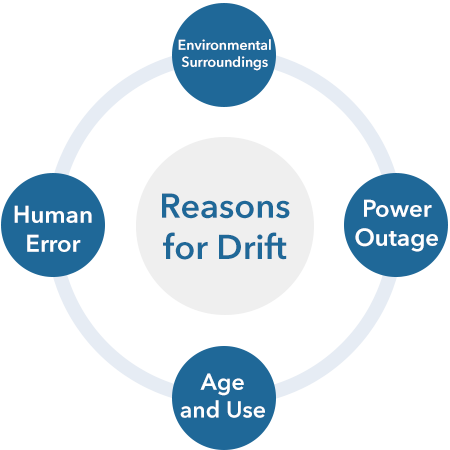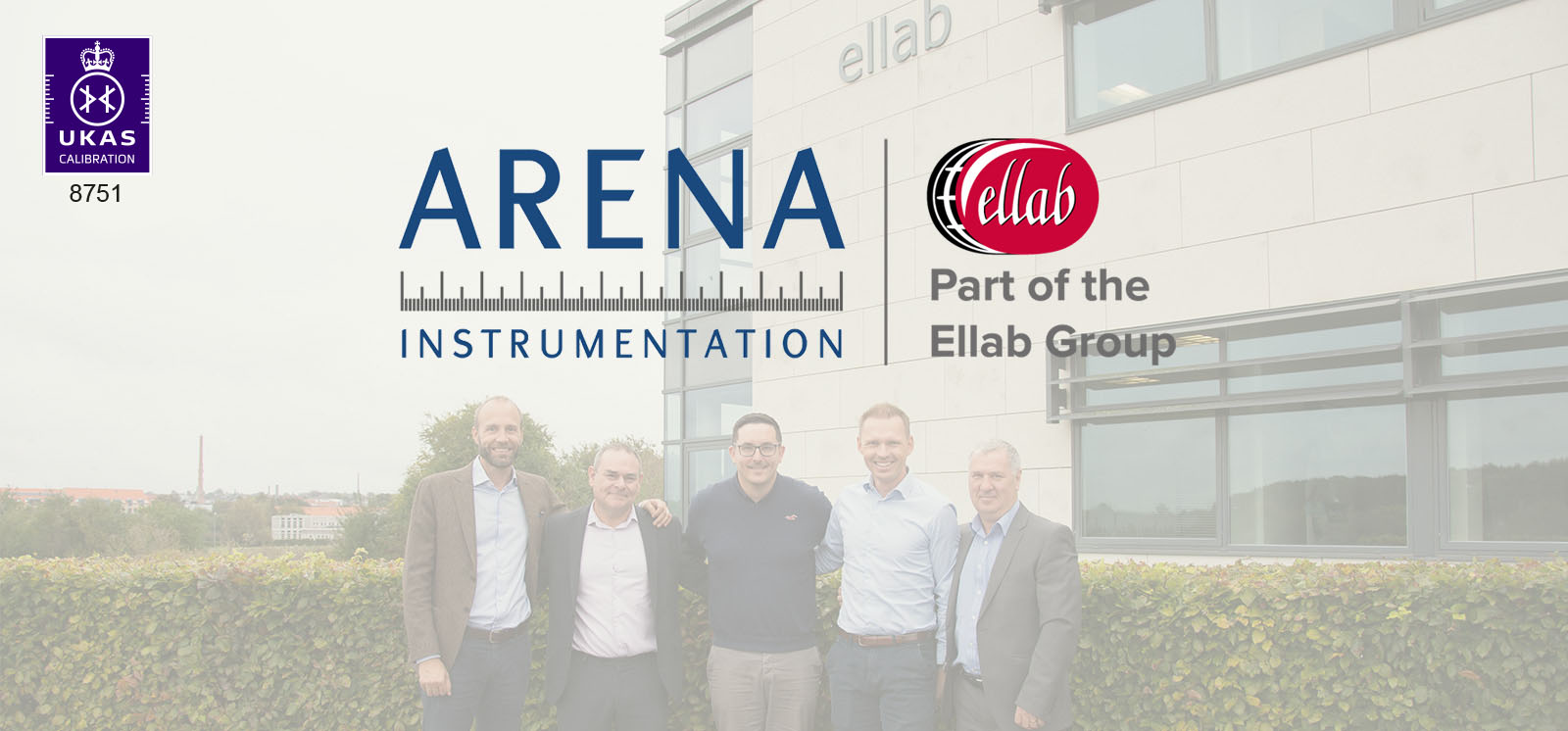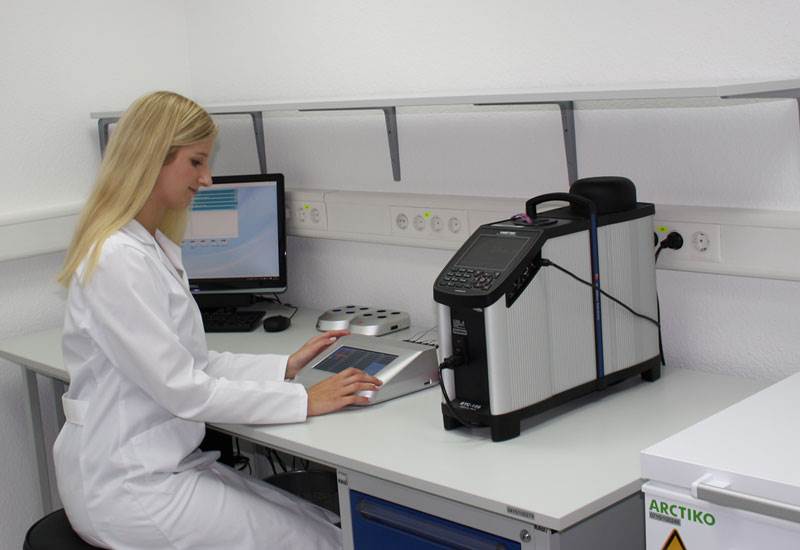Calibration
4 Key Reasons Why the Accuracy of Your Scientific Instrumentation is Drifting

Inaccuracies do not occur in the way you might expect.
Especially, as most laboratory managers choose well designed scientific instruments. However, even the best equipment in the business can experience drift.
Figuring out where to start to prevent potentially harmful results for both operators and consumers can be stressful. But there are ways to eliminate faulty tests and research findings.
Gaining confidence in the accuracy of your scientific instrumentation for consumer safety is at the heart of what we do here at Ellab. We know exactly why science equipment can malfunction and how to ensure that all your devices – whether they measure temperature, pressure, flow, volume, speed or time – are correctly calibrated to globally-recognized standards.



